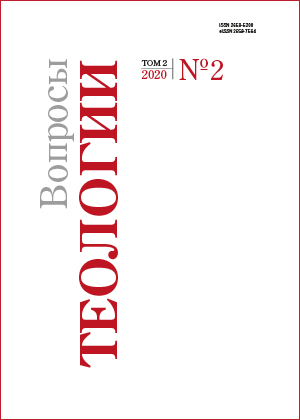Political and theological aspect of the new martyrs’ feat on the example of hieromartyr Platon, bishop of Revel
DOI:
https://doi.org/10.21638/spbu28.2020.202Abstract
The new martyrs of Russia are the reason for a separate study within the framework of political theology. Neither the trend of the study, nor the two theorized approaches to it, contain attempts to reflect upon the situation in which both the political system and the Russian Orthodox Church found themselves in 1917. We can and should consider their feat as a “political” one. The article is devoted to the problem of the political feat of the new martyrs on the example of the Hieromartyr Platon of Revel. The heroic feat combines the Bishop’s loyalty to traditional religious ideals, an attempt to preserve Church life in changing political and cultural conditions, and a change in the political environment that leads to the death of those who defend the values of the Russian world. The article defines the principles of considering the feat of the new martyrs as “political”, presents the life of the Hieromartyr Platon through the prism and as confirmation of these principles. Also, a description of the political situation of the period of his Ministry is provided in the article. Together, this allowed us to define the essence of the political feat of the new martyrs as the ability to remain citizens of their Fatherland regardless of the political circumstances.
Keywords:
political theology, Platon of Revel, new martyrs, political feat, national identity, Orthodoxy
Downloads
References
References
Downloads
Published
Issue
Section
License
Articles of "Issues of Theology" are open access distributed under the terms of the License Agreement with Saint Petersburg State University, which permits to the authors unrestricted distribution and self-archiving free of charge.




